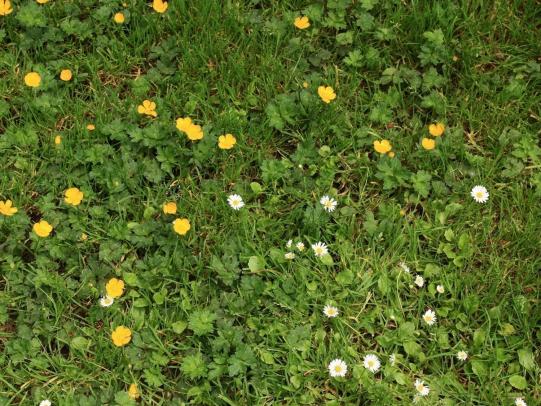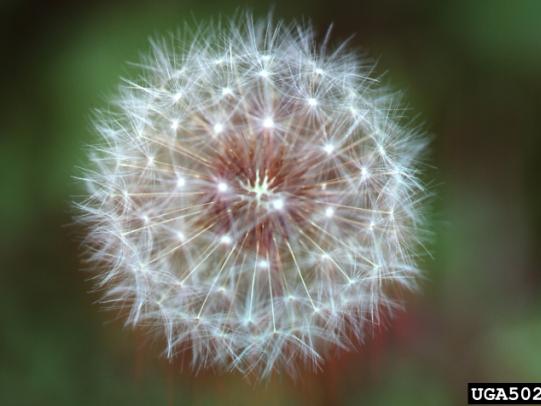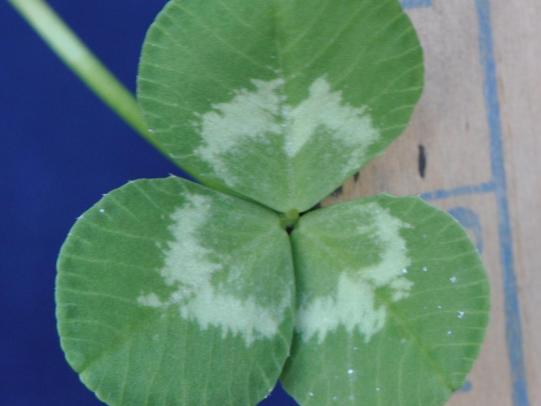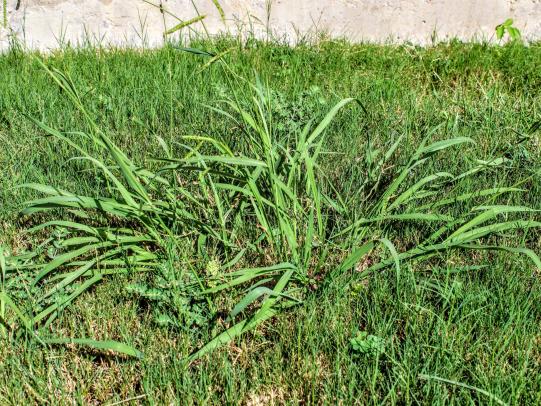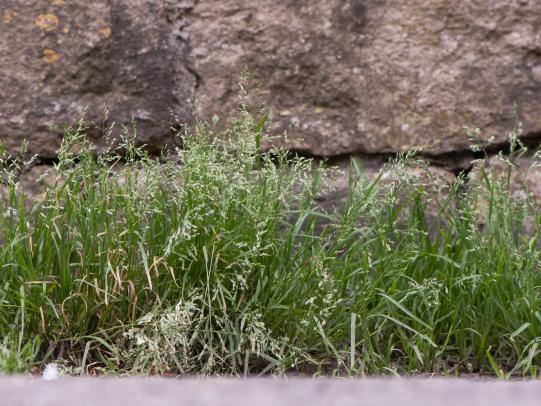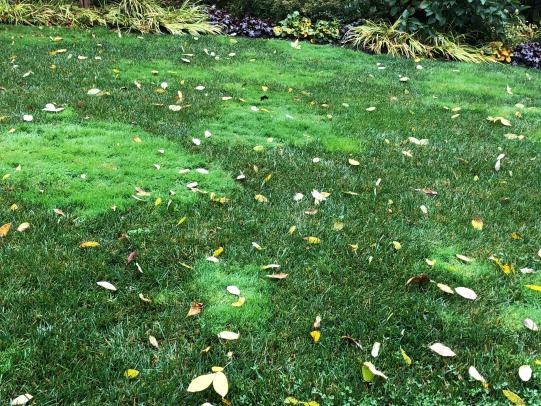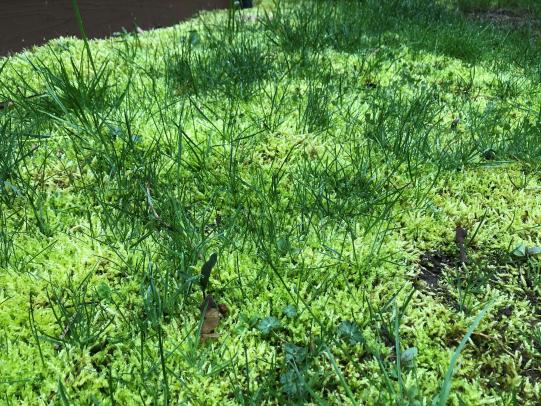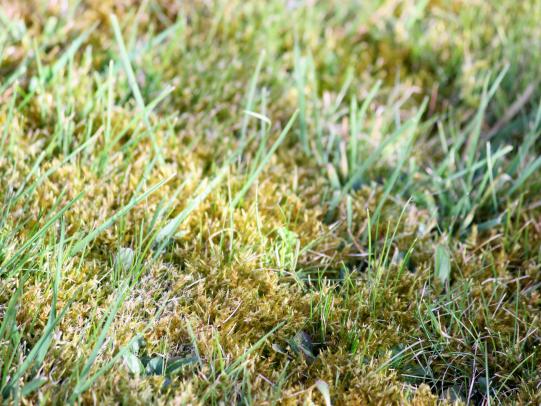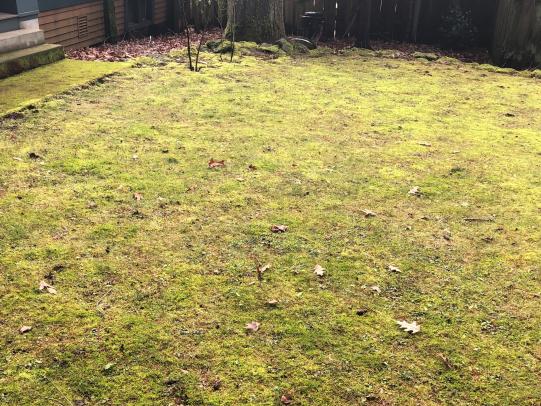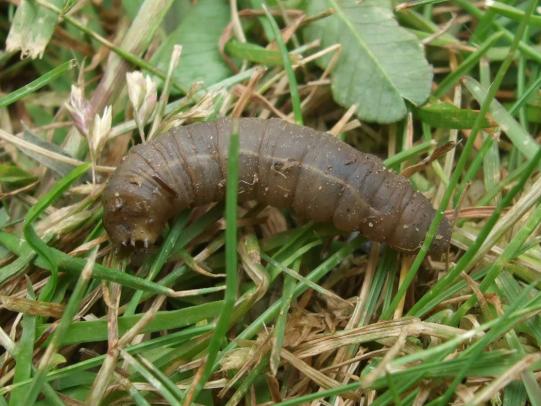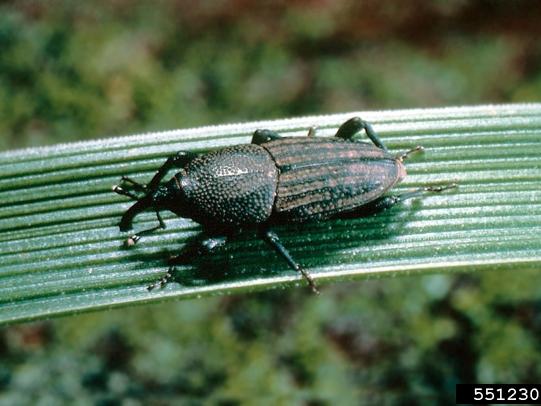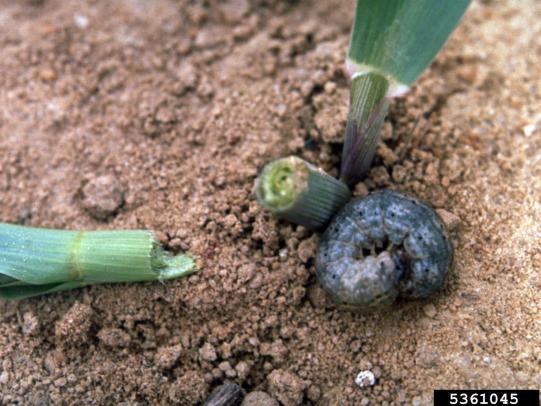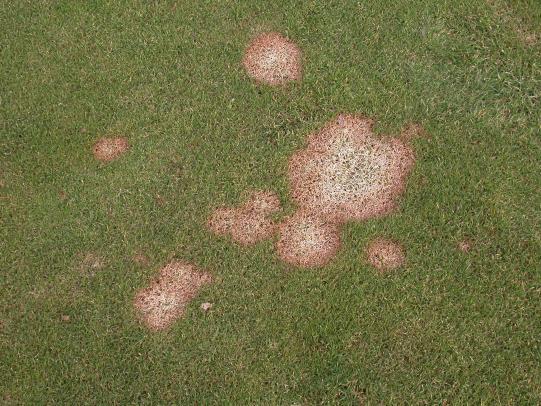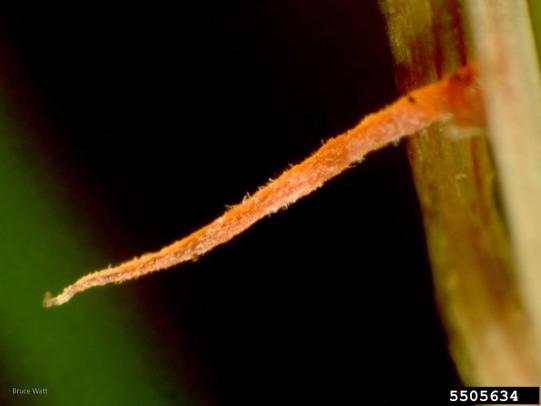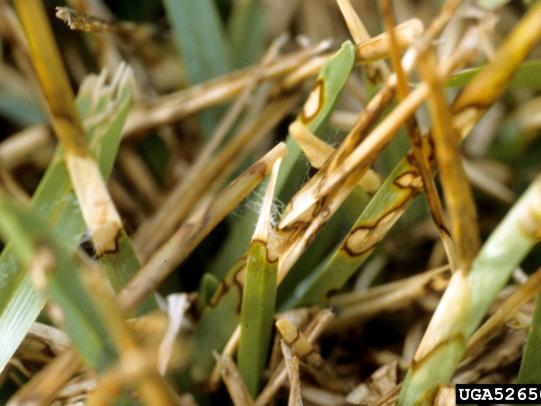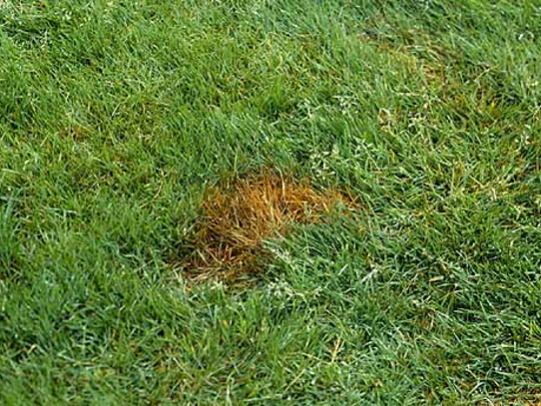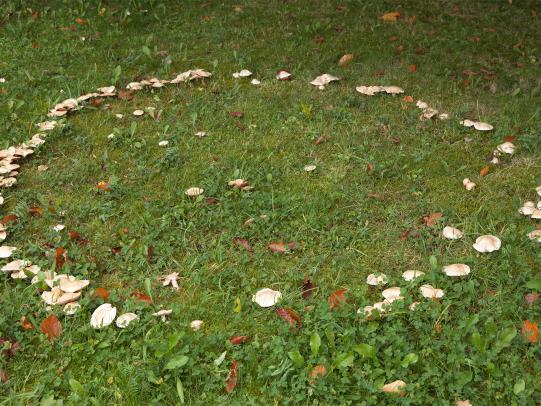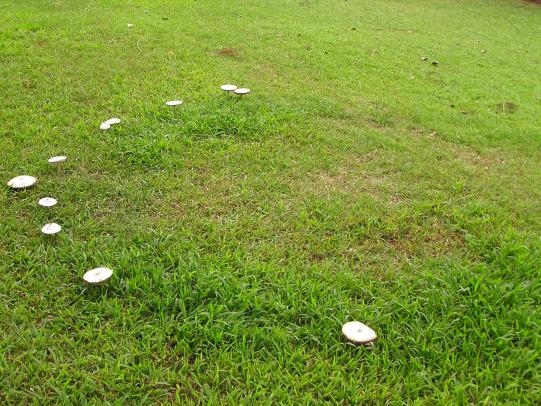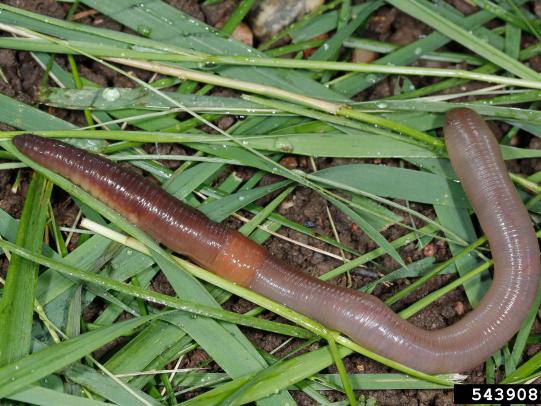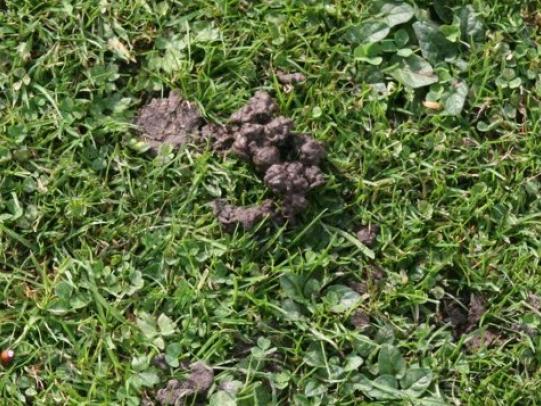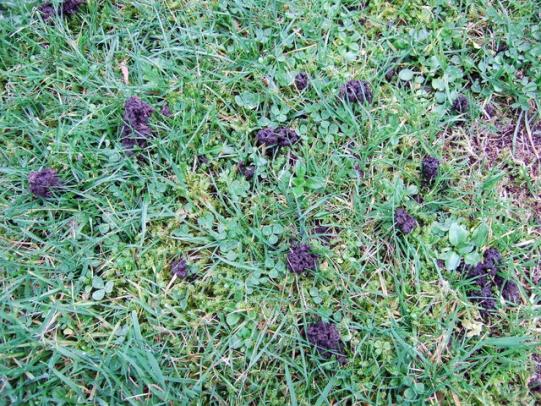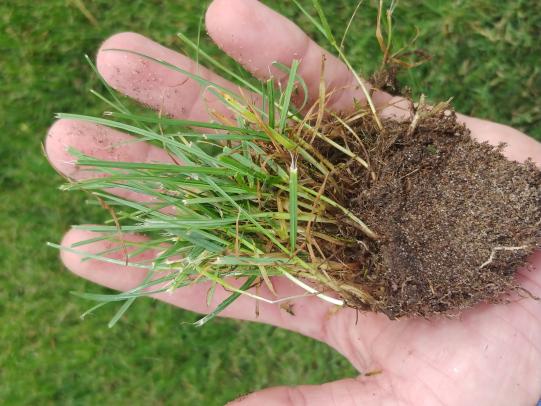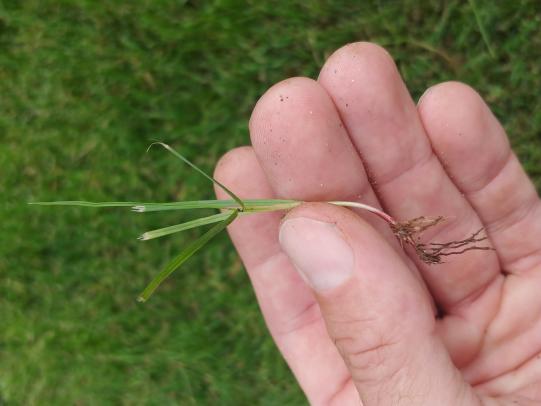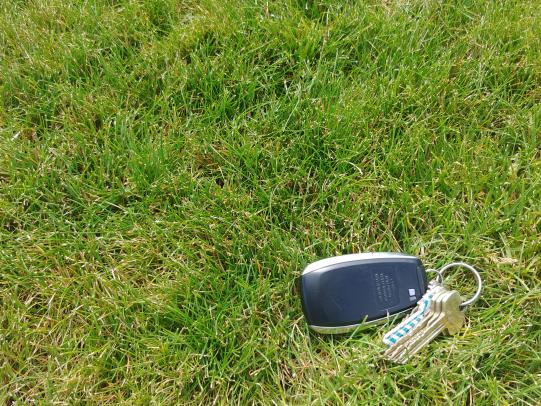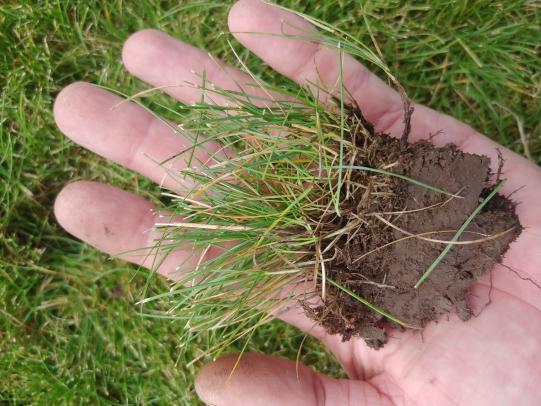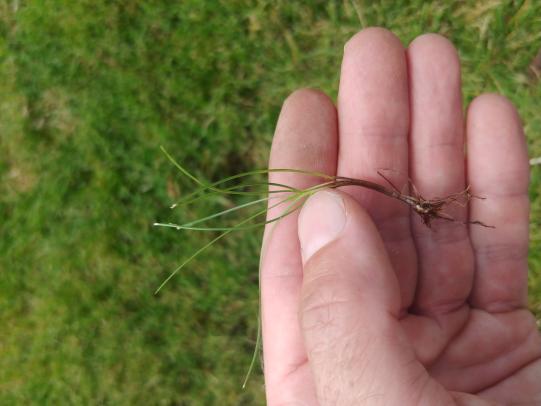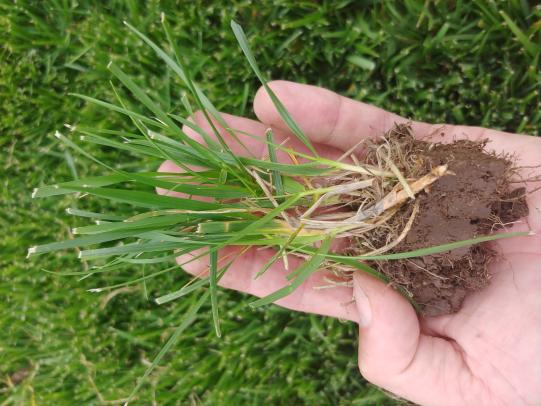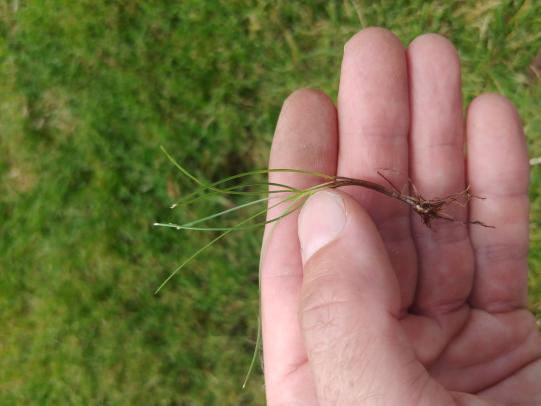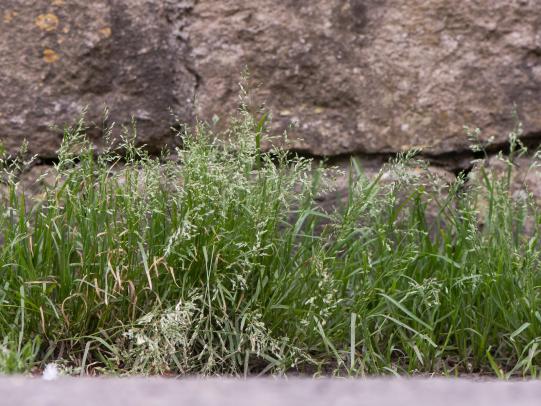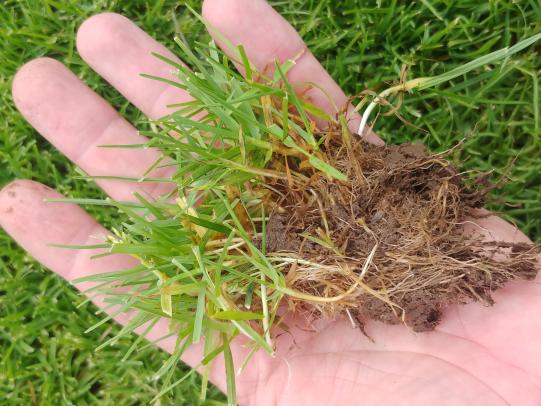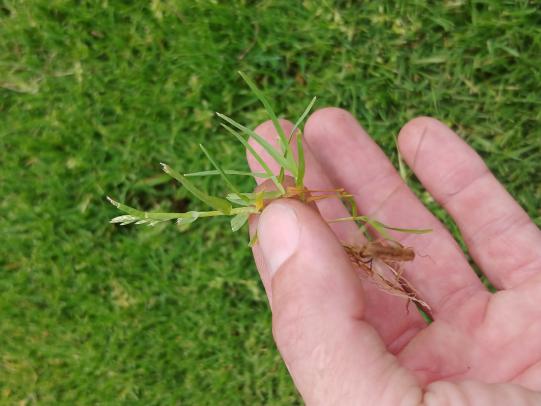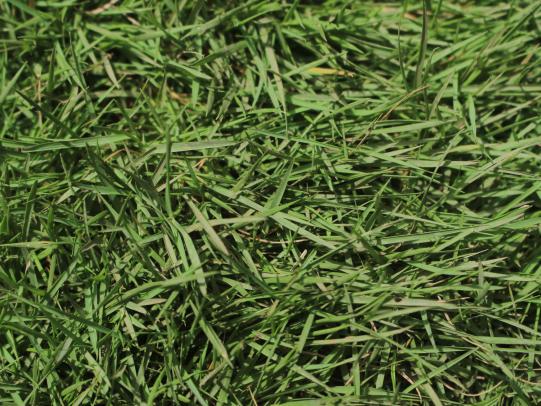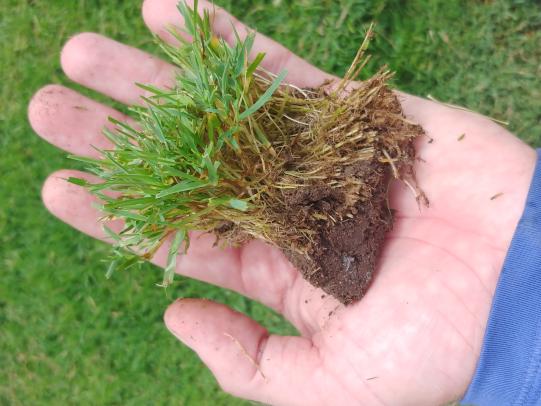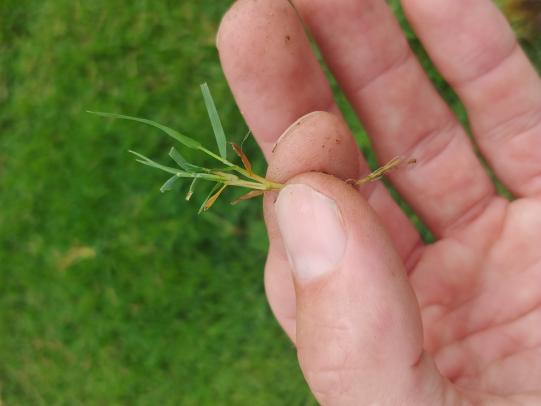
Claves para el éxito
- Mantenga las condiciones de crecimiento adecuadas para que el césped sea fuerte y saludable. Un césped saludable resiste el musgo, las malas hierbas, los insectos y las enfermedades.
- Los métodos de mantenimiento del césped habituales incluyen: cortar el césped, quitar las malas hierbas, fertilizar, resembrar y regar. También ayuda quitar el césped y airearlo.
- El césped cambia con el tiempo. Después de sembrar las semillas o colocar el césped, se desarrollará una mezcla de hierbas y malezas de hoja ancha deseadas, malezas herbáceas y musgo.
- El drenaje del suelo, la fertilidad del suelo, la luz solar, el estrés hídrico y el modo en que se cuida y se utiliza el césped influirán en el aspecto que tendrá con el tiempo.
- Establezca expectativas realistas para su césped. Haga coincidir los estándares de césped que desea mantener con el programa de mantenimiento adecuado.
- Si la calidad de su césped no coincide con sus estándares, considere renovarlo.
Prevenir problemas en el césped
Consulte Cómo prevenir problemas en el césped para obtener más información sobre cómo mantener su césped saludable. Las hierbas sanas de su jardín superan al musgo y las malas hierbas y también resisten los daños causados por plagas de insectos y enfermedades de las plantas.
Musgo en tejados y pasarelas
Consulte Cómo deshacerse del musgo en techos y pasillos para obtener más información sobre el musgo en superficies duras.
En el caso de plagas de insectos y enfermedades de las plantas en el césped, es útil determinar qué tipos de césped crecen en su césped:
- Los diferentes tipos de césped que crecen en los céspedes del noroeste del Pacífico son susceptibles a diferentes plagas de insectos y enfermedades de las plantas.
- Vea cómo identificar las especies de césped a continuación.
Raigrás perenne, festuca fina y festuca alta
Los principales tipos de pastos plantados en el noroeste del Pacífico incluyen:
- Raigrás perenne
- Festuca fina (rastrera, masticadora, dura y ovina)
- Festuca alta
Estas especies de pasto crecen como gramíneas en matas sin rizomas (raíces extendidas) ni estolones (tallos extendidos). Es necesario volver a sembrar para mantener una densidad denso.
Poa anual y agrostis rastrera
Además, muchos céspedes contienen pastos que crecen por sí solos, entre ellos:
- Poa anual
- Poa rastrera
¿Debo tomar medidas?
- Ambas gramíneas se destacan entre los céspedes que contienen principalmente raigrás perenne, festucas finas y festucas altas.
- Determine si puede tolerar la poa anual y la agrostis rastrera en su césped. Son difíciles de controlar.
- Si decide tomar medidas contra el pasto azul anual y/o el pasto bentgrass, consulte Malezas graminosas en céspedes.
